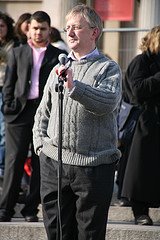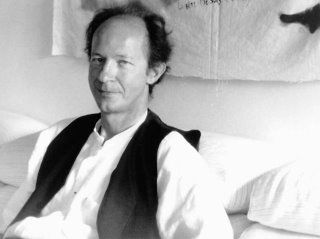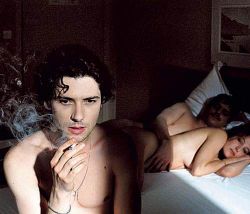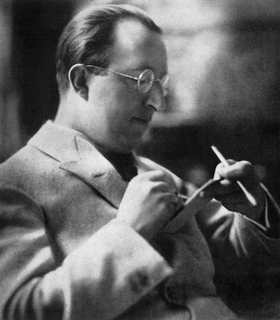Talks: Joe Higgins and David McWilliams debate the free market


The Socialist Party held a debate between Joe Higgins and David McWilliams at a packed Teacher's Club in Parnell Square last Friday night on the topic of whether there is an alternative to the capitalist market.
Higgins kicked off proceedings with the proposition that politics now is still operating under the Thatcher dictum that 'there is no alternative to the market'. Not only that but politicians have sought to use the idea of the market as a mechanism on which to build a society, claiming that it promotes fairness through competition, making it seem "like a stroll down Moore Street". In reality, Higgins said, this is a ruthless system that has as its primary aim the maximisation of profits for a powerful minority contrary to the interests of a disenfranchised majority. He pointed to the example of the Irish housing market, which has seen the price of the average home increase by IR£30,000 every year for the last decade causing a generation of young people to be enslaved by debt. Meanwhile a 'golden circle' of developers, bankers and speculators are reaping untold profits from this obscene boom. Higgins singled out the sale of eleven acres of land in Stillorgan for €88 million in 2004. The sellers were a consortium of investors made up of various professionals who had bought the land in 2000 for €32 million and had done nothing with it. People buying apartments on this site will have to pay for these wildly excessive profits, Higgins said. Naturally the Goverment has done little to stop this profiteering and simultaneously failed to provide adequate infrastructure for the countless new homes springing up around the country.
Higgins went on to lambast the Government for its botched privatisations and identified them as part of a broader neo-liberal trend that treated the worker as a commodity and sought to undermine employment rights wherever possible. Gama and Irish Ferries were examples of 'a race to the bottom'. Higgins finished off by offering the socialist solution: a planned economy where public assets were left in state ownership in the interests of the people.
McWilliams, clearly on enemy ground, put his side of the argument by highlighting the winner of this year's Nobel Peace Prize, Muhammad Yunus, founder of the Grameen Bank,that provides credit for ordinary Bangladeshis, which has been a liberatory force for change in the country according to McWilliams who then went to say that the Higgins version of Ireland was little more than a carciature. As evidence, McWilliams noted that the recent census showed that 68% of people identified themselves as middle class. This indicated that the country wasn't divided between the super-rich and alienated poor but was populated by a relatively comfortable majority. It was also wrong to characterise the economy as a free-for-all, instead it is what it has always been: a mix of private and public enterprise.
However, McWilliams then departed from this moderate tone and began to talk what he felt were the main challenges facing the Irish economy. Of particular concern is that in reality there is nothing going on in Ireland except a housing boom. American multinationals account for 87% of exports and when you add a few percentage points for agriculture, it means the economy is actually producing fuck all. Instead, McWilliams said we are drawing on a huge overdraft and that the property market is a pyramid scheme of monumental proportions. He was in no doubt that this will cause a middle class crisis in the next decade leading to a radicalisation of politics towards nationalism and the right. Inevitably the victims of this would be immigrants because McWilliams believes Ireland is not a tolerant nation. The solution is for the state to draw back from the EU and assert greater independence over its fiscal policy in order to waylay the impact of the inevitable downturn.
Both seemed to agree that the housing front is a disaster but strangely, it was Higgins, whose politics are outside the mainstream, who ended up sounding the more positive note while McWilliams though beginning optimistically, finished on the brink of apocalypse.
After the speeches, questions were taken from the floor; in reality it was little more than an opportunity for the audience to make their own often lengthy and tedious speeches. I legged with N and went for a Chinese on Moore Street, which seemed apt.
Labels: capitalism, free market, Higgins, McWilliams, Politics, socialism, Talks







